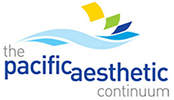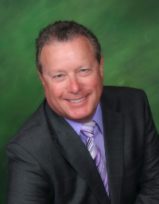
Gary Vaughn, CDT, CTO
In an extensive study done in Germany over a fifteen-year period, among many other factors, it was determined that a kick from a horse can transfer a force of 10,000 N to the human body. A Newton is an absolute unit of force in the International System of Units (SI units) abbreviated N. It is defined as that force necessary to provide a mass of one kilogram with an acceleration of one meter per second. This is a significant number for any of us acquainted with the Newton measure associated to torqueing down Dental implant abutments. Most manufacturers suggest 30-35 Newtons are necessary to torque an abutment in the mouth with sufficient strength to withstand the forces of everyday occlusal wear. Any way you slice it, a kick from a horse can deliver life-changing, if not life-ending trauma. If survived, it can be a disfiguring accident requiring extensive care with costly cosmetic procedures.
About six months ago, I was approached by Dr. Bryan Judd, a board member of the Sacramento District Dental Foundation. Dr. Judd has served on the board for seven years and was President of the Foundation in 2019. He asked if Corr Dental Designs would like to participate in restoring a young woman’s smile after sustaining serious injury from a horse kicking her in the face. Honored that he would call us, together we quickly decided on a course of action to assist this accident victim to recovery as quick as the healing and restorative process would possibly permit.
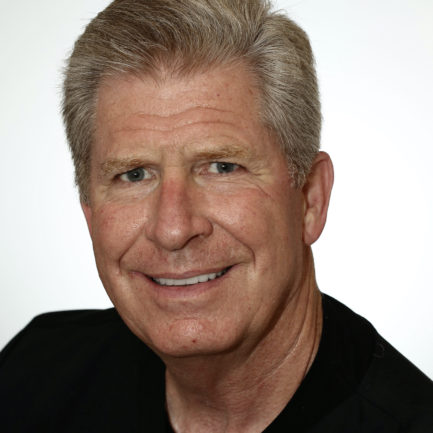
Dr. Bryan Judd
The accident left the patient with not only multiple facial injuries but also the loss of teeth #’s 5, 8, 22, 23, and 24. As Dr. Judd and I reviewed study models and photos, it became apparent to us both that if the case was to be done, we wanted to make sure it was done completely, correctly and on a “pro bono” basis. This process would require a multi-disciplined approach.

Figure 1
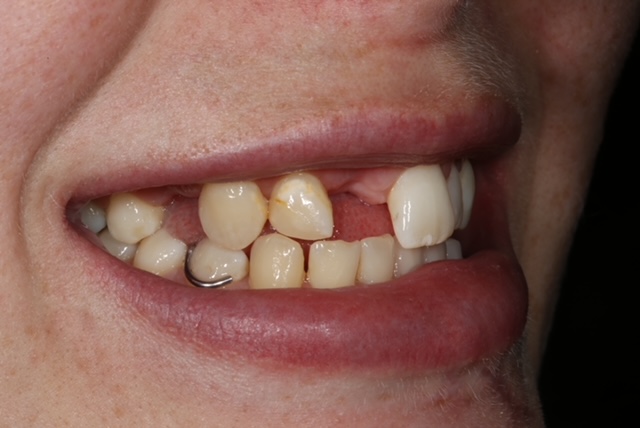
Figure 2
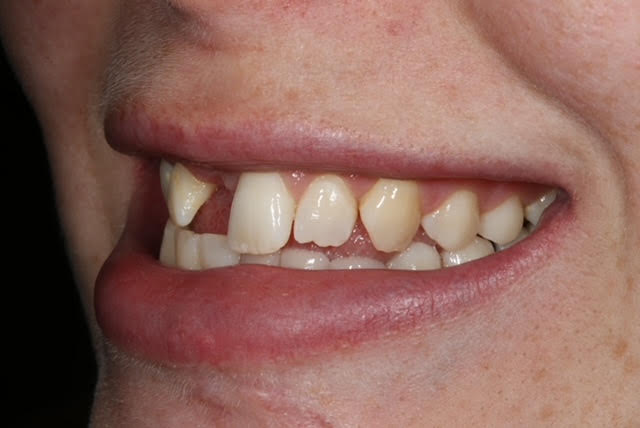
Figure 3
We followed all the smile design principles and protocols taught by the PAC. The laboratory’s diagnostic department mounted study models and proceeded by waxing up maxillary teeth #’s 4-13 and the missing lower teeth #’s 22-24. We likewise fabricated the associated matrices (prep guides, incisal guides, and temporary matrices) needed to replicate the beautiful wax-up into temporaries and eventually, final restorations. It was determined that the best course of action to take was to fabricate two-layered zirconia bridges, #’s 4-6 and 7-9 to restore pontic sites #5 and #8.
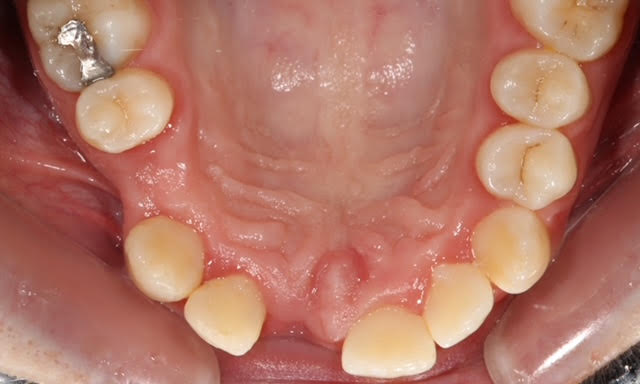
Figure 4
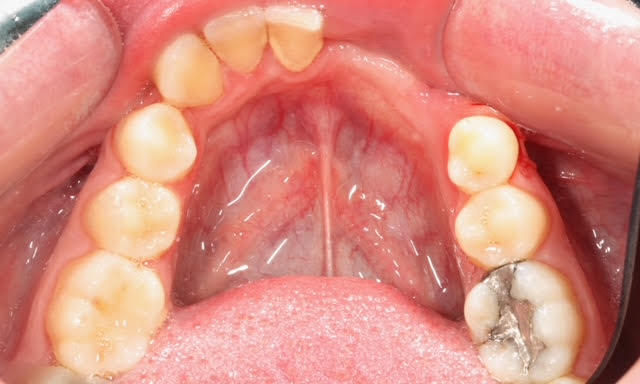
Figure 5
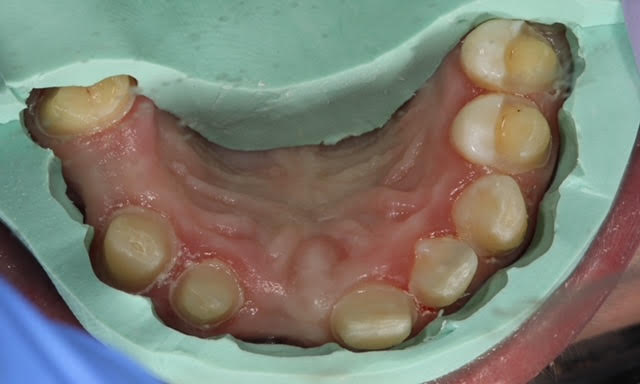
Figure 6
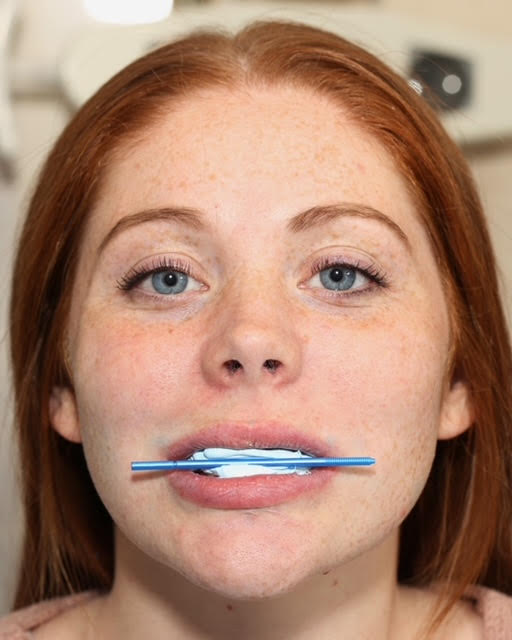
Figure 7
Layered zirconia restorations were also utilized on #’s 10 and 11. Additionally, #’s 12 and 13, although undamaged, would receive IPS e.max (Ivoclar) veneers to correctly balance out the buccal deficiencies of the upper left arch. Surgery was also scheduled to place two implants in the #22 and 24 positions to facilitate an implant-supported fixed three-unit layered zirconia bridge.
We are pleased to report that within several months, the maxillary arch was designed, fabricated, and seated to the delight of a grateful patient. The healing process for the mandibular implants should be complete shortly, at which time, we will have the opportunity to complete the case.
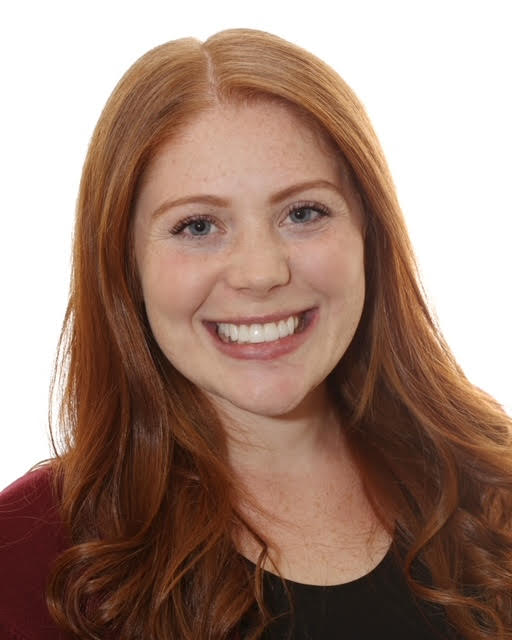
Figure 8
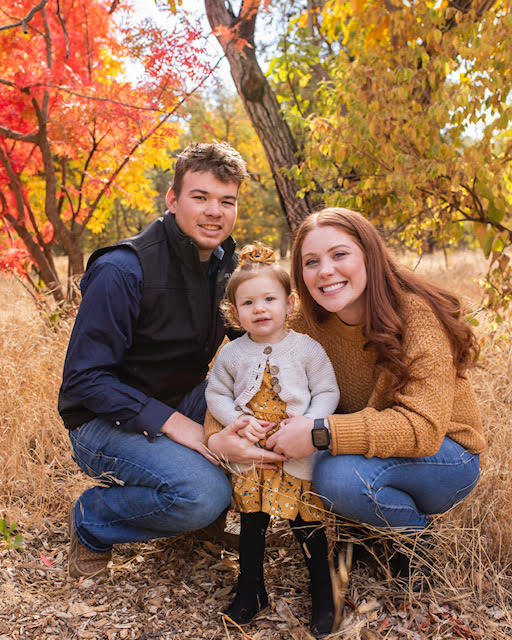
Figure 9
Thank you once again to SDDF, Dr. Bryan Judd, his excellent team of professionals, and the team at Corr Dental Designs for allowing us all the opportunity to give back to the community with Smiles for Big Kids.
If you have questions about my article or if you would like to send a case, please contact the Pacific Aesthetic Laboratory Group at www.pacificaestheticdentalstudio.com, Gary Vaughn, CDT, CTO (916) 786-6740, or via email [email protected].
